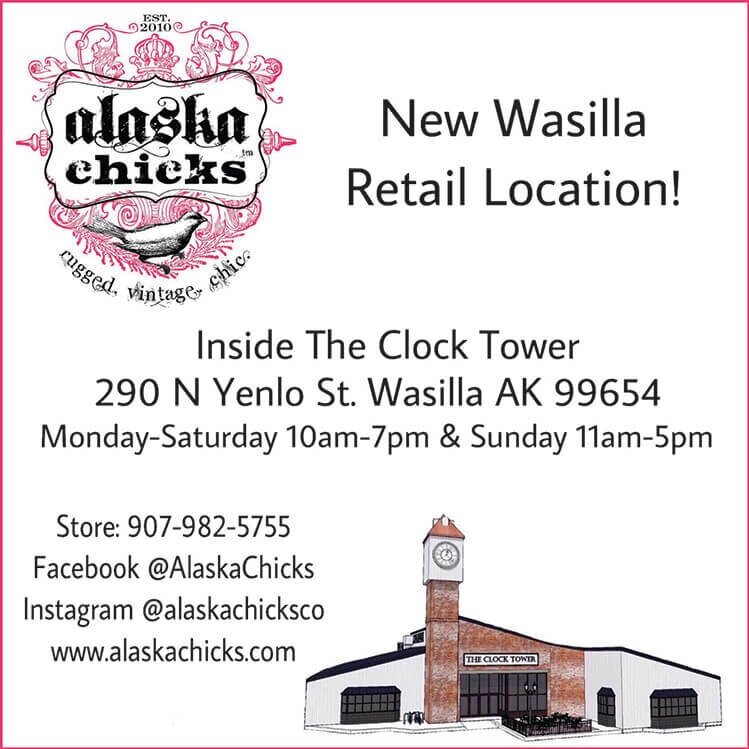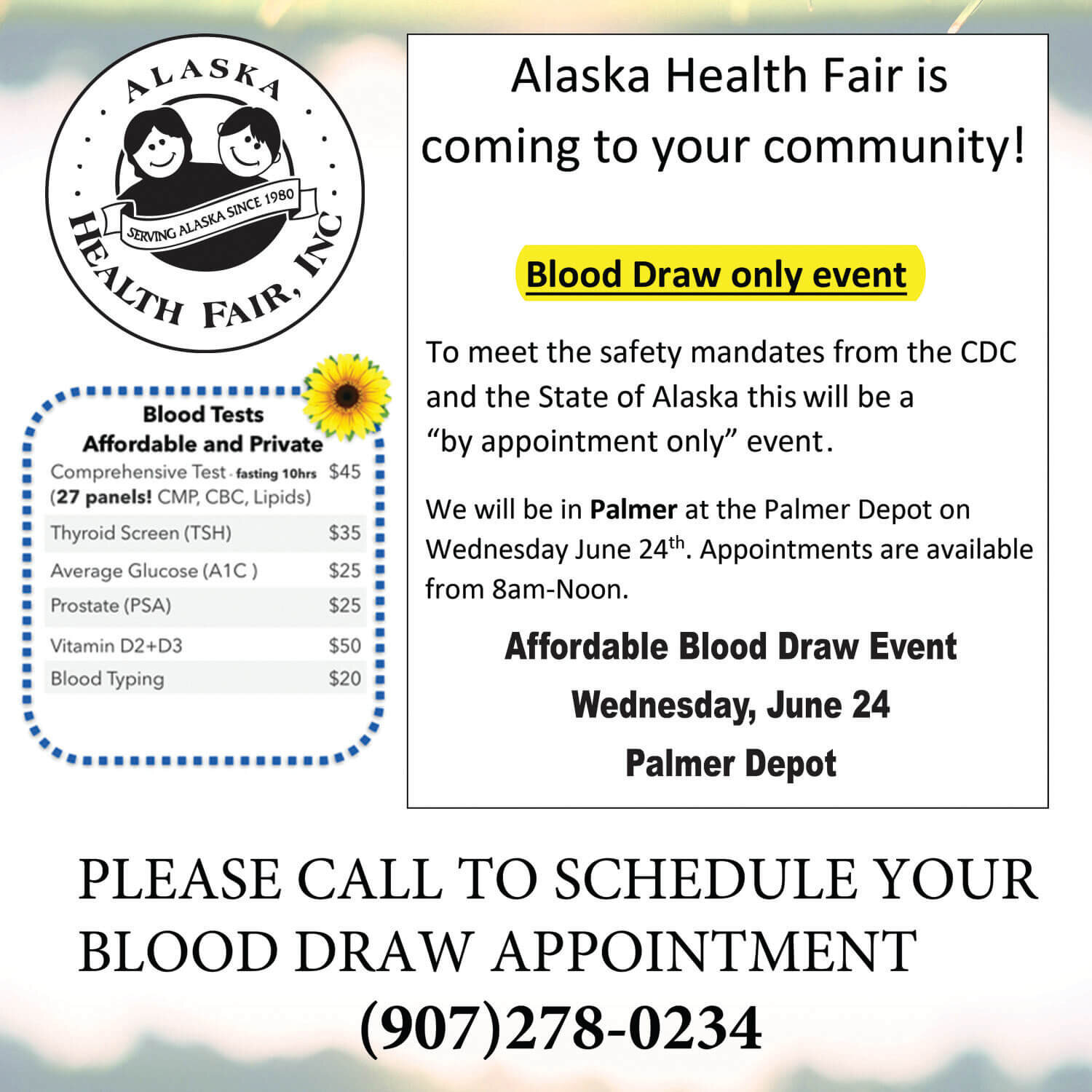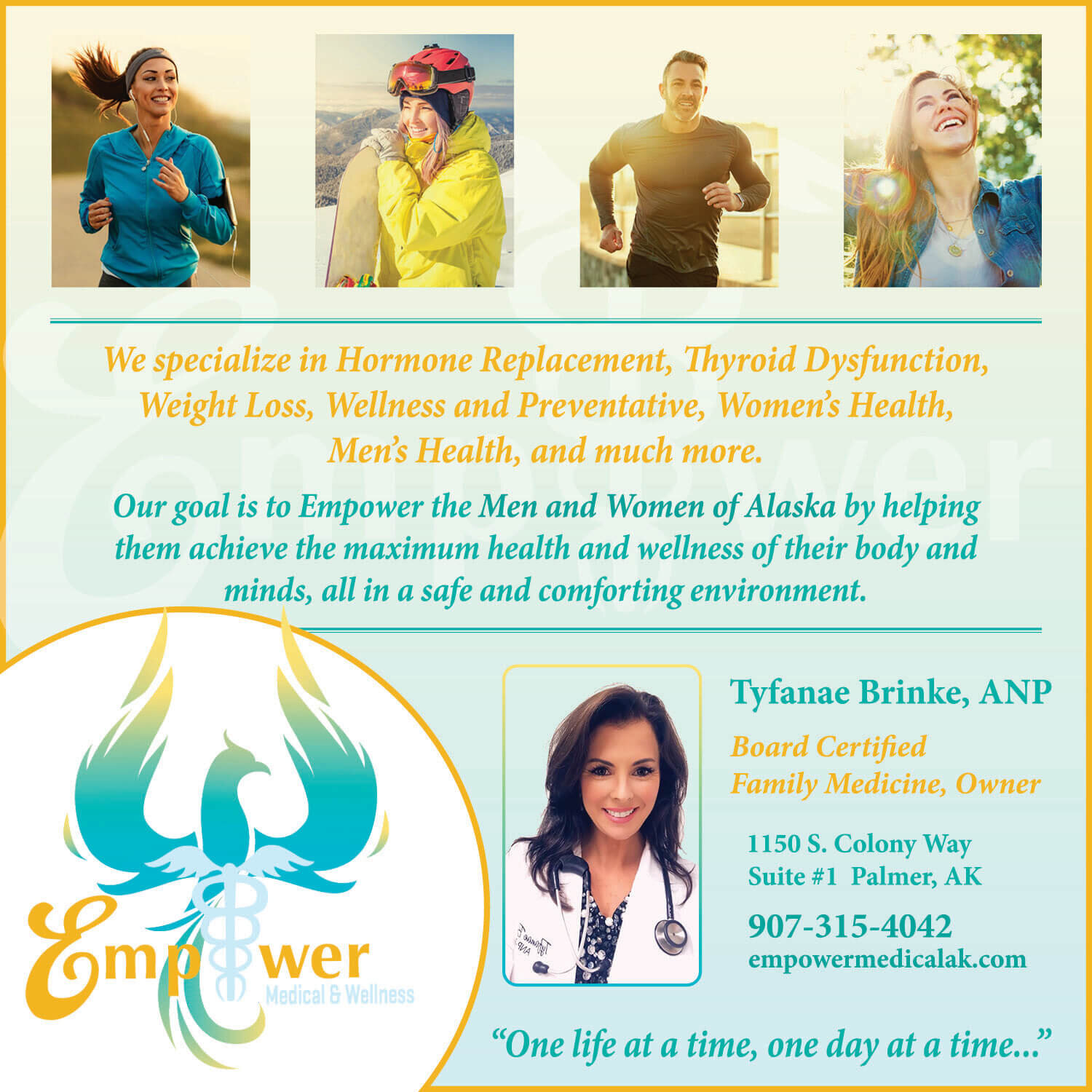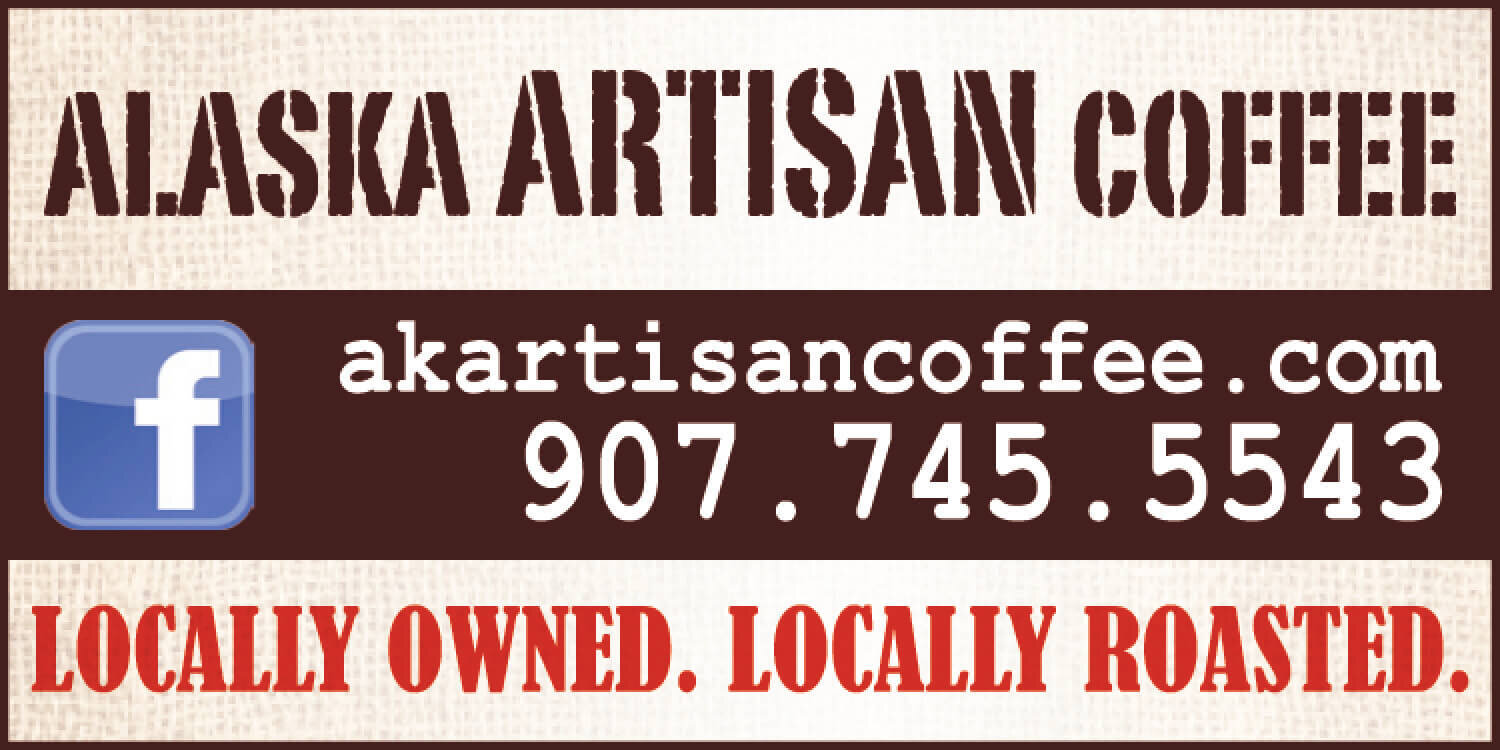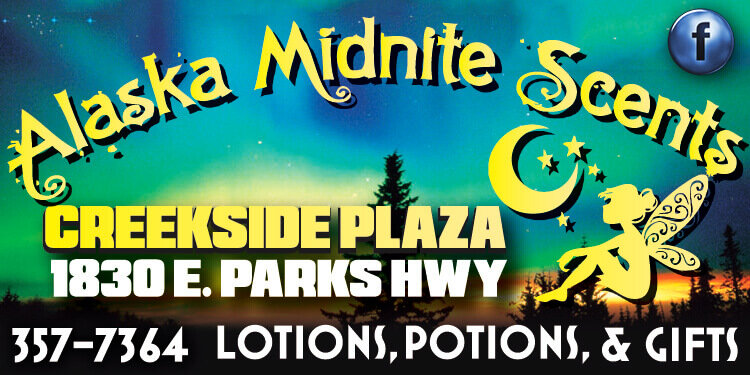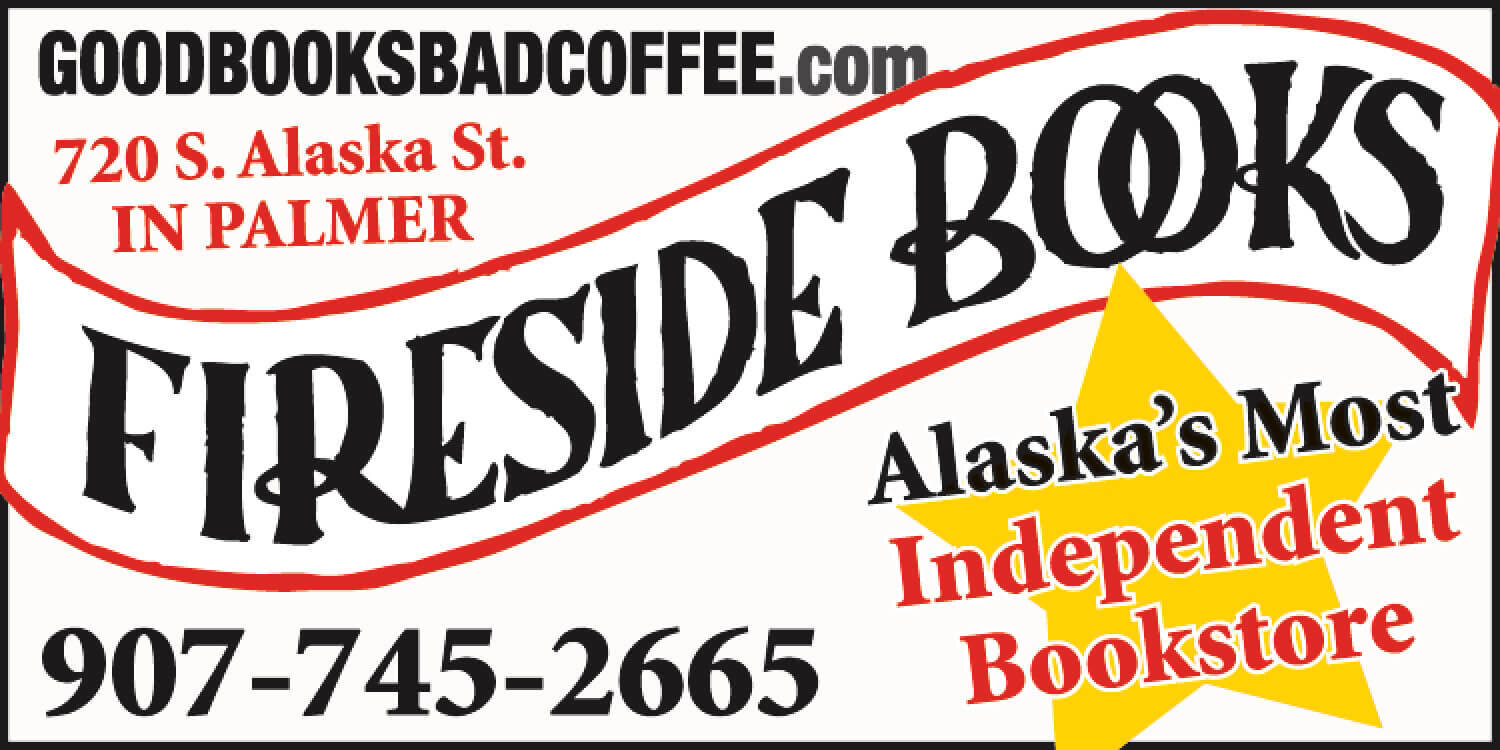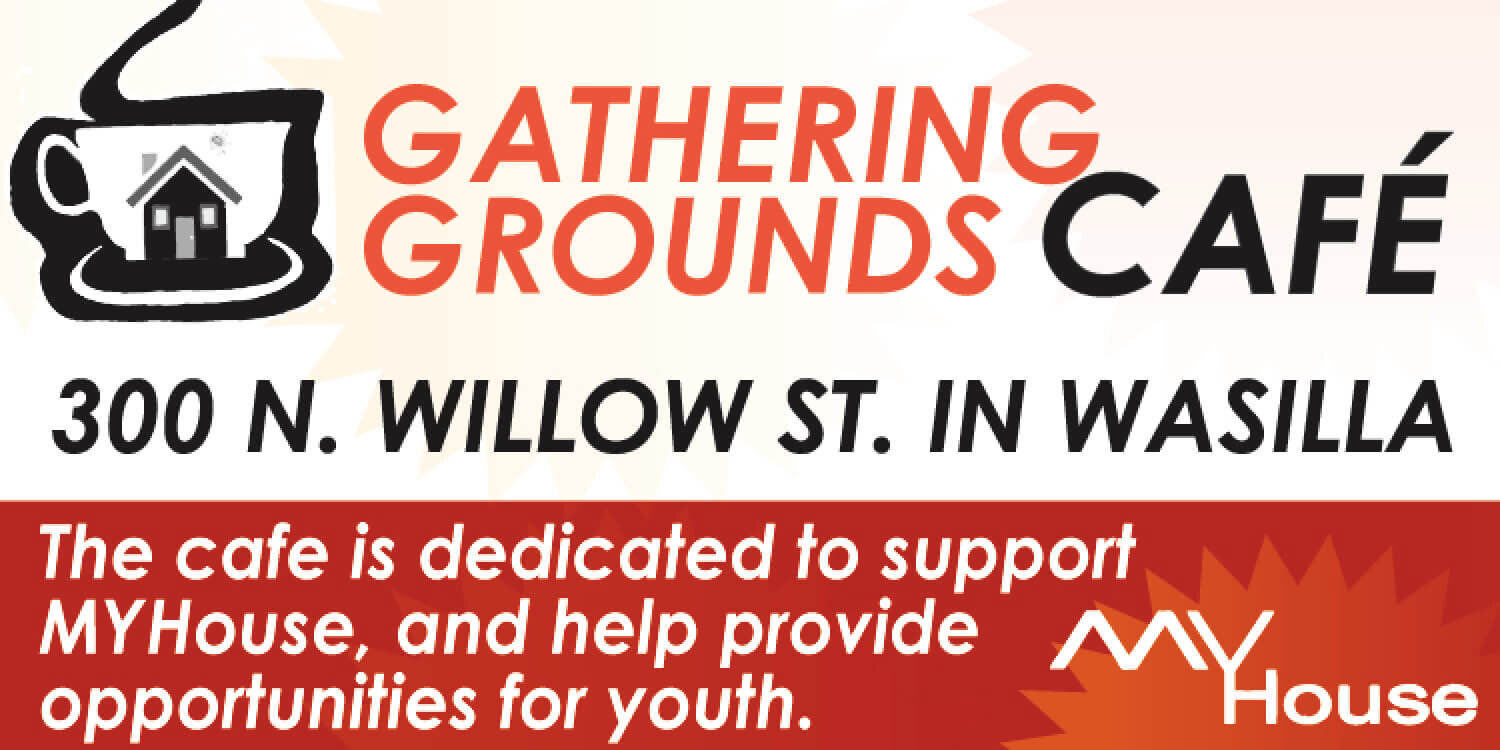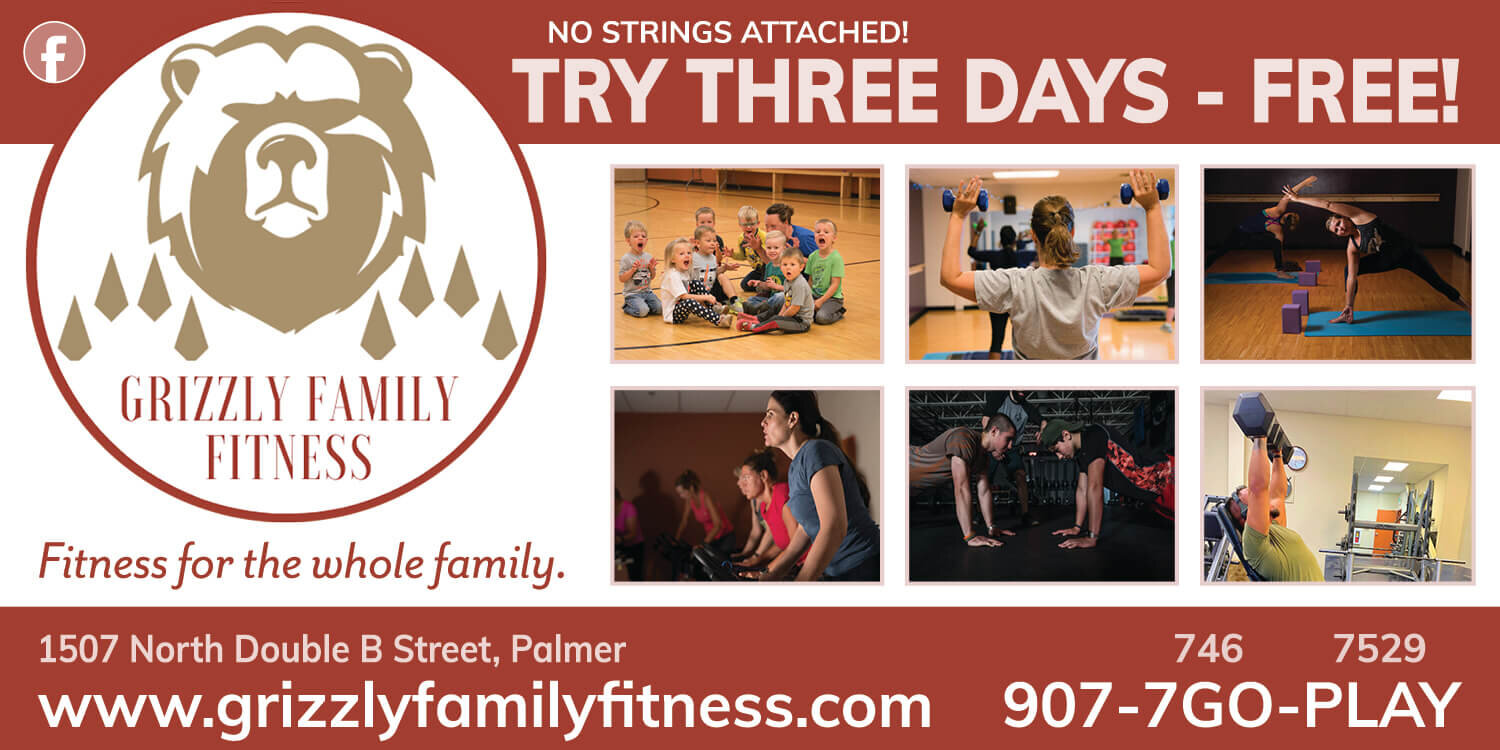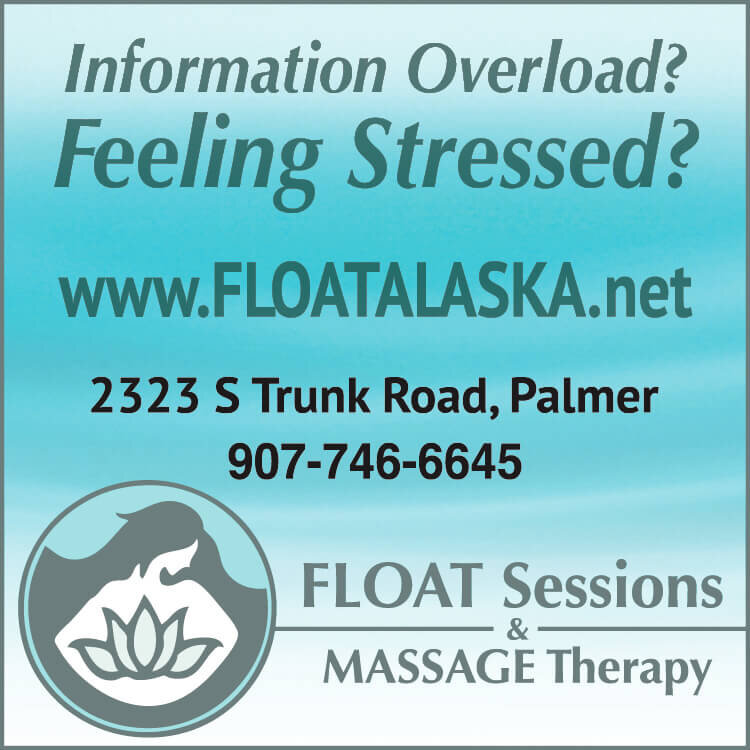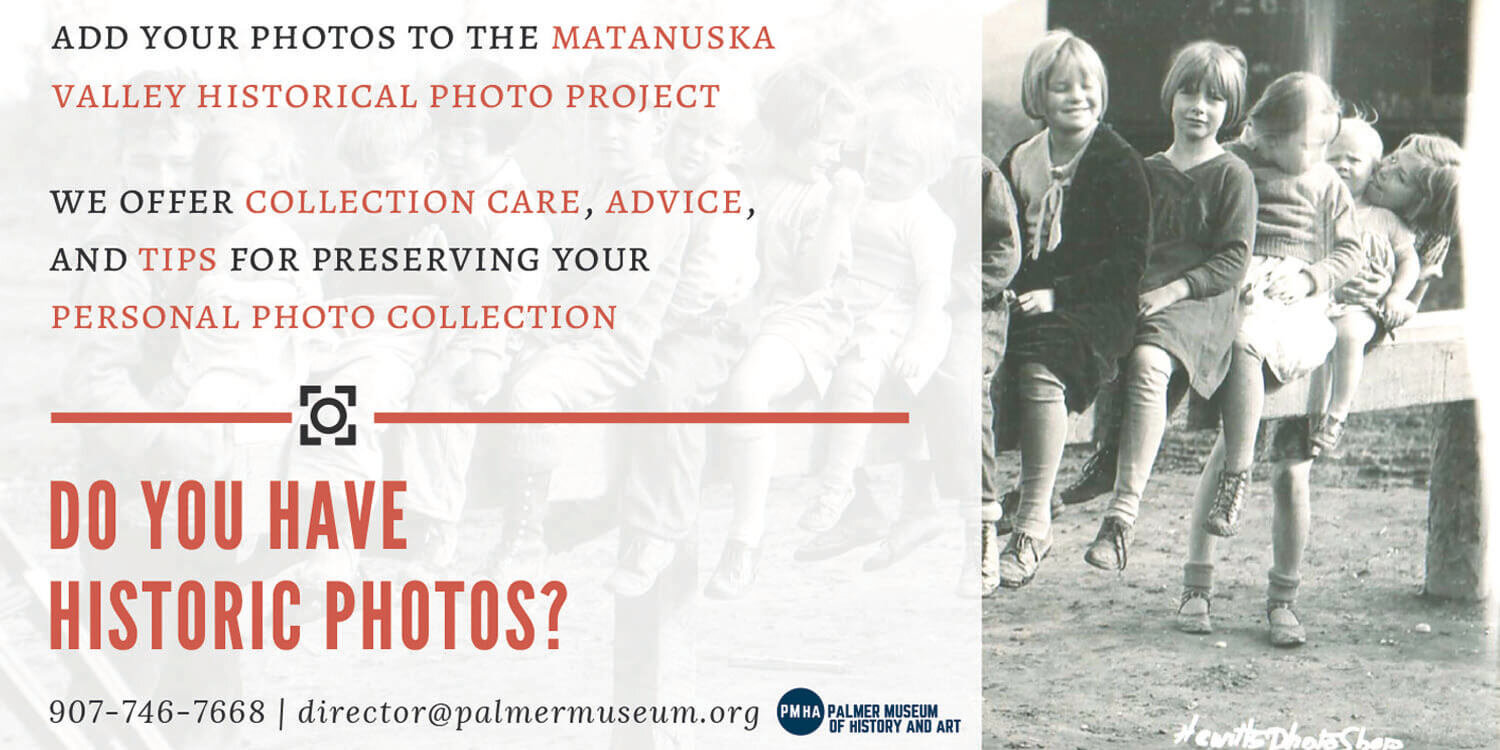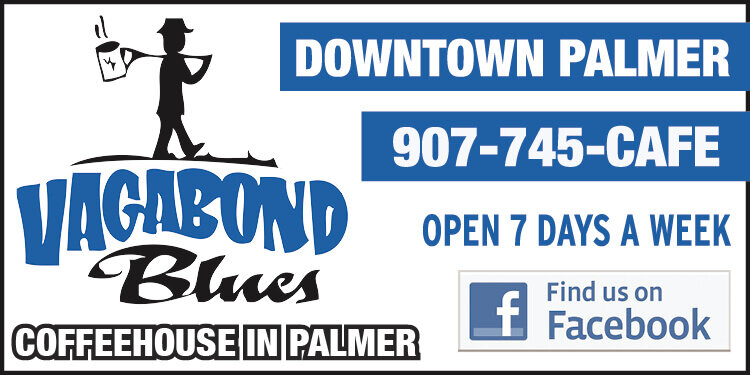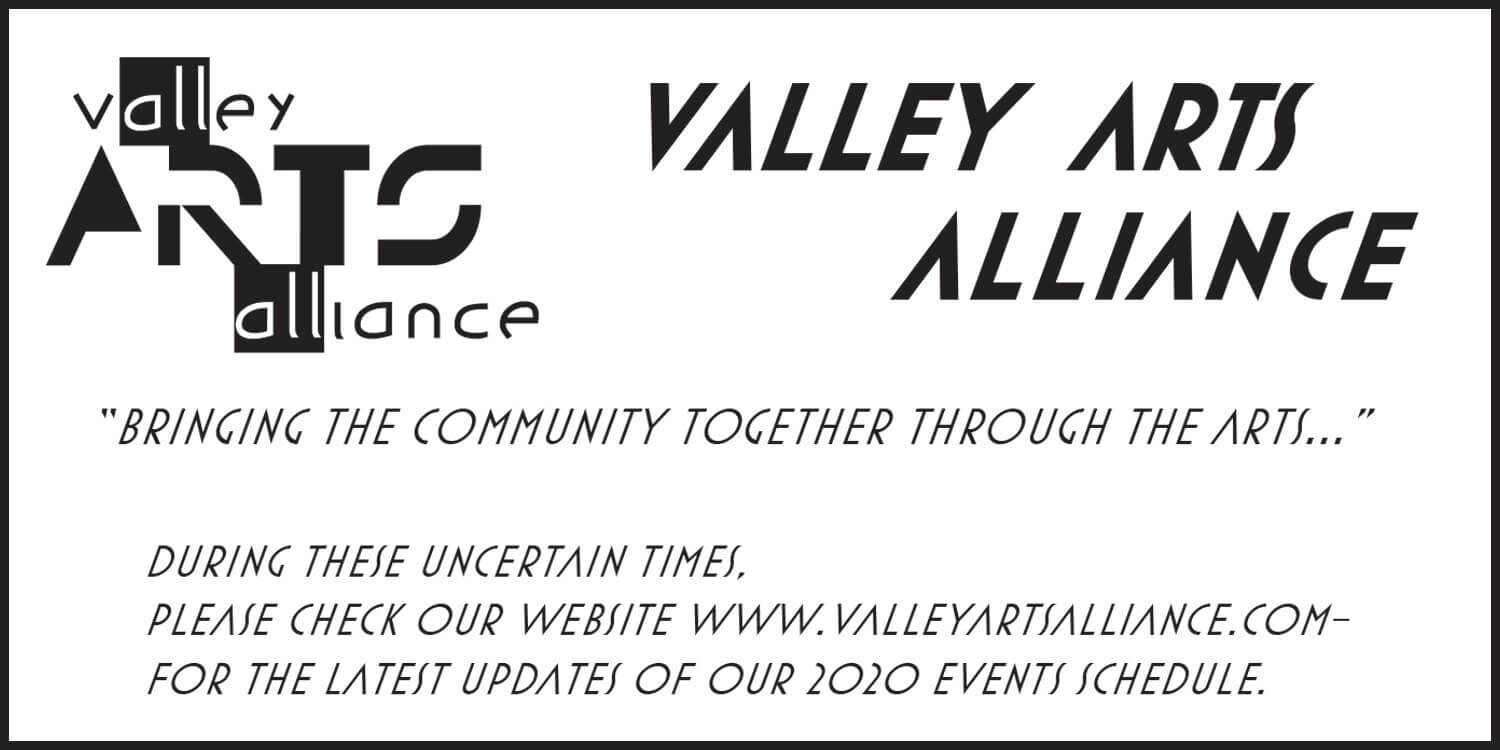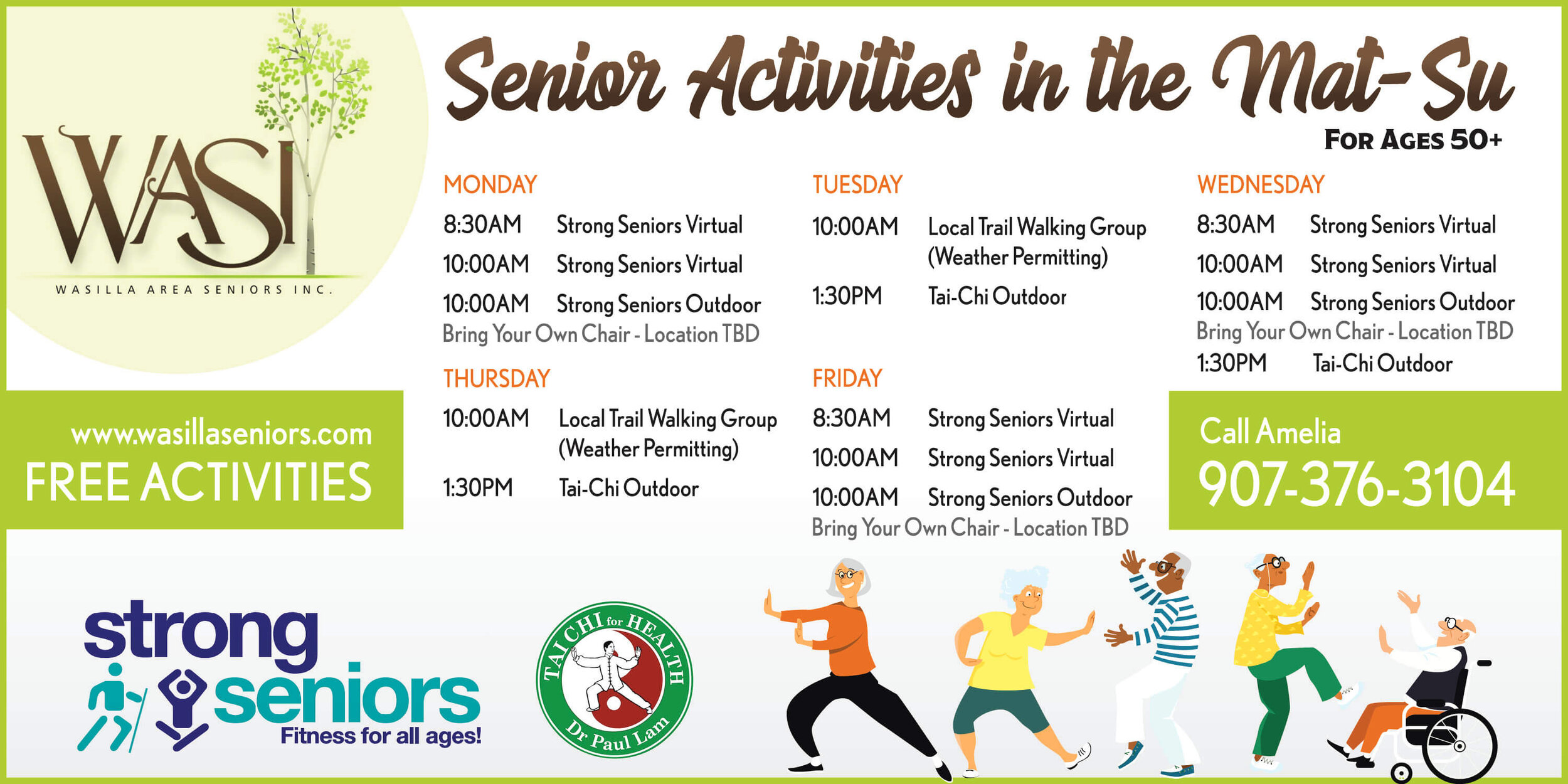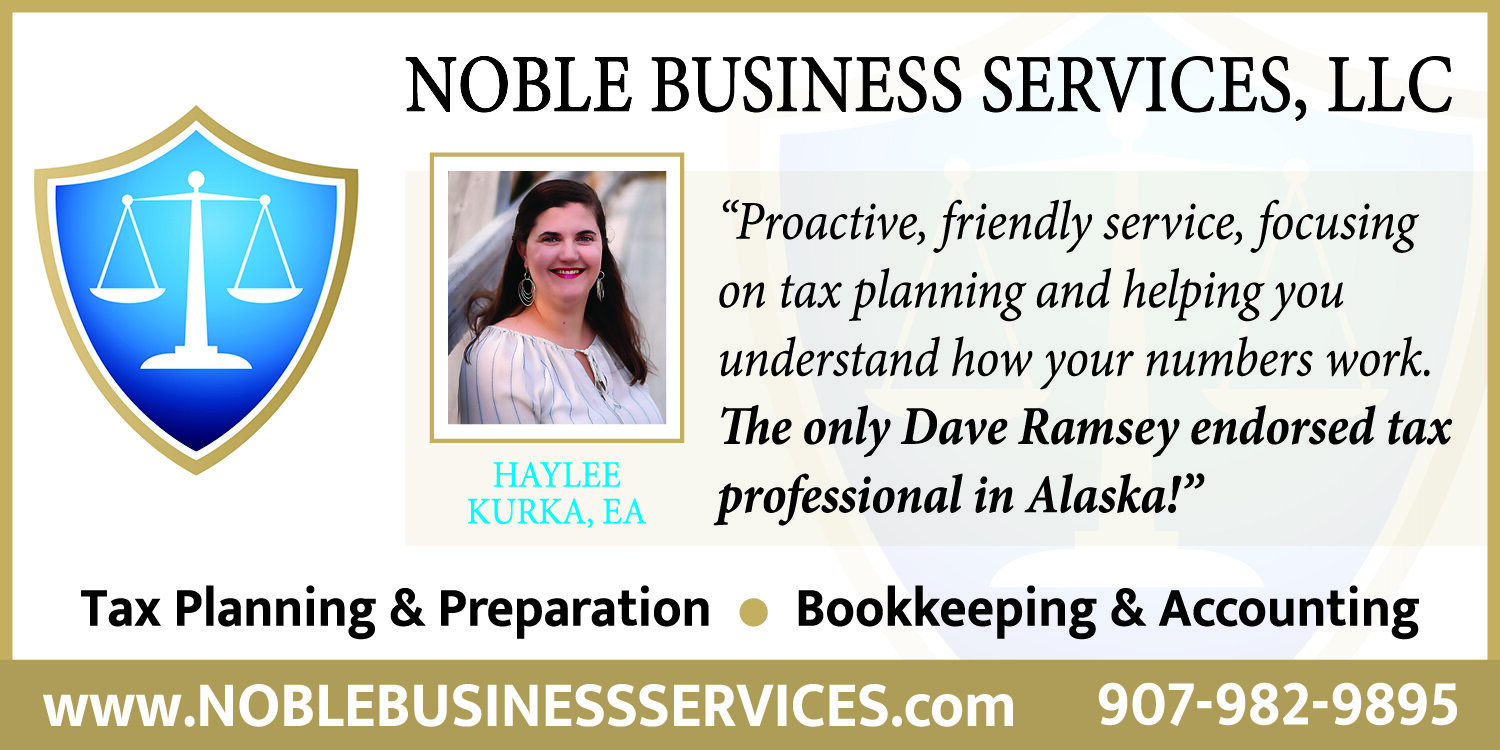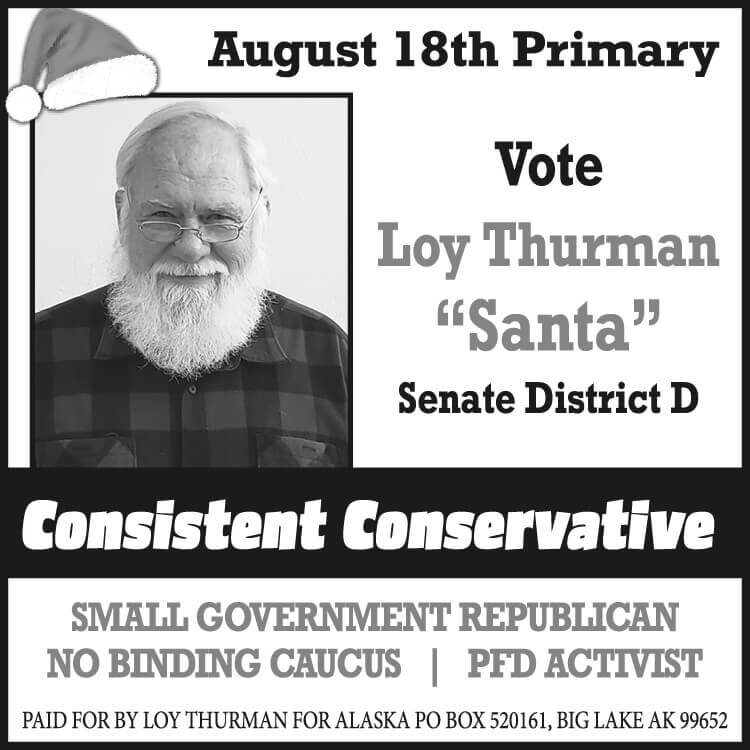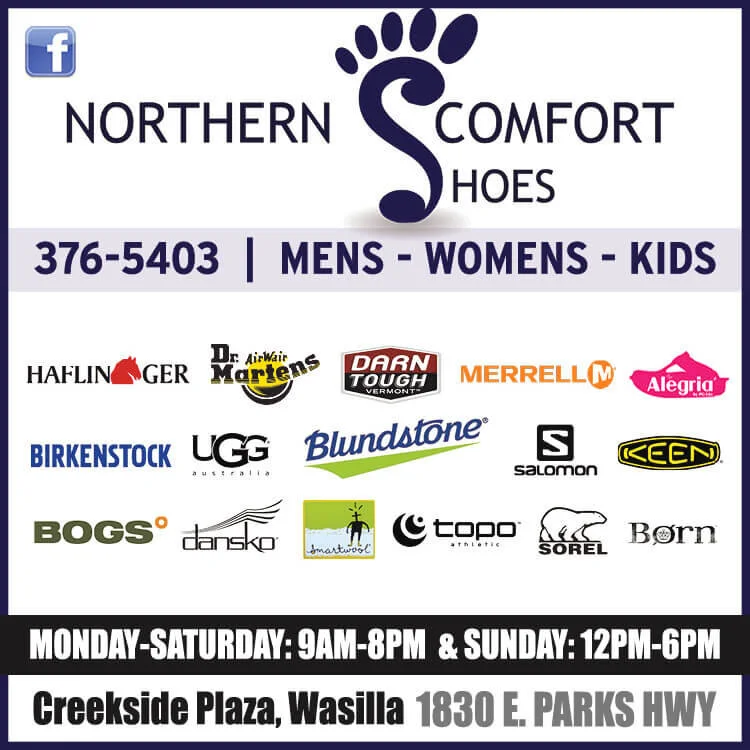Contributed by John Rozzi
Homeless Definition
As I mentioned in my last article, when we hear the word homeless, many of us automatically picture a person that panhandles, pushes a shopping cart and lives in a tent. Although true, most chronically homeless make up a small portion of the homeless population. However, when we breakdown the different stages of homelessness, the people that live in tents are 100% literally or chronically homeless. This is the population we’re all trying to save. Whether they see it that way is another matter.
The Chronically Homeless population meets HUDs definition of “An individual or family living in a public or private place not meant for human habitation; which can include living in shelters too.” Did you know that HUD considers a dry cabin as “a place not meant for human habitation?” But, in Alaska, a dry cabin is considered stable housing. While at a National Conference in Washington, D.C I asked a HUD official why they labeled a dry cabin as a place not meant for human habitation. Their response was basically no response. They’ll look into it.
The homeless populations which you may never notice fall into one of the following categories of homelessness:
- A person/family at imminent risk of losing their primary night-time residence.
- A person/family fleeing or attempting to flee domestic violence or other dangerous or life-threatening conditions.
Individual/Family at imminent risk of Homelessness
You see a lot of missions focused on ending homelessness. The percentages of completing this goal are high when the individuals or families fall into situations that are preventable or involve rare occurrences. For example; A Challenge; the population of people living paycheck to paycheck; couch surfing, living with friends or family have the ability to avoid homelessness. Some Solutions: people living paycheck to paycheck who are able and willing can find a job that pays more or contributed more hours; an additional income contributor to the household can help dramatically. The times of a one income family are gone.
A Challenge: although, couch surfing is not recognized by HUD as a homeless situation it does fit the McKinney-Vento Act definition of being homeless: “A person that does not have reliable secure night-time residence.” These individuals are always at risk of being homeless. Included in this scenario are individuals or families staying with a friend or family member. Some Solutions; while staying with friends or family save money to prepare for the departure. Staying with friends or family for up to two weeks is like a vacation. Anything after that can wear on your hosts. So, prepare to save. Another option is to combine saving with seeing if the individual or family qualifies for affordable housing and/or financial assistance from the Housing Assistance grant Programs.
Individuals fleeing a dangerous or life-threatening situation.
In the Mat-Su, we have a 32 bed Domestic Violence facility for women and children. Unfortunately, it’s full the majority of the year. A Challenge: did you know that men find themselves fleeing dangerous or life threatening situations too? However, there is no facility, that I know about, that can house them. So, a question; “Where are they being housed?” Possible Solutions: they might stay with family or friends, Knik House or in a tent somewhere. Additionally, regardless of who is fleeing, if they can save money while not paying for housing, they can prepare themselves for finding another place to live. If they are eligible, they may also get financial assistance with being rehoused by the Housing Assistance Grant Programs.
Housing Assistance costs vary drastically:
We have seen several thousands of households (comprised of individuals or more than two people) approach our grant group for housing funding assistance. The financial boost or gap funding makes a huge difference in their lives and is much more cost effective when preventing homelessness, rather than putting someone into housing when deposit and rent are required. “It costs up to five times more to fund the first month’s rent and deposit, rather than providing a small amount to prevent them from becoming homeless and having to start all over.”
What’s next?
What’s your perception of homelessness? What do you think are the main reasons individuals or families become homeless? Are shelters the answer for preventing Homelessness? I’ll be addressing these questions in the future. But, please feel free to weigh in and give your opinion on the homeless challenges and solutions we have in the Mat-Su Valley.
John Rozzi is the CEO of Valley Charities, Inc., and Serves as the Operating Board Chair of the Mat-Su Coalition on Housing and Homelessness.

